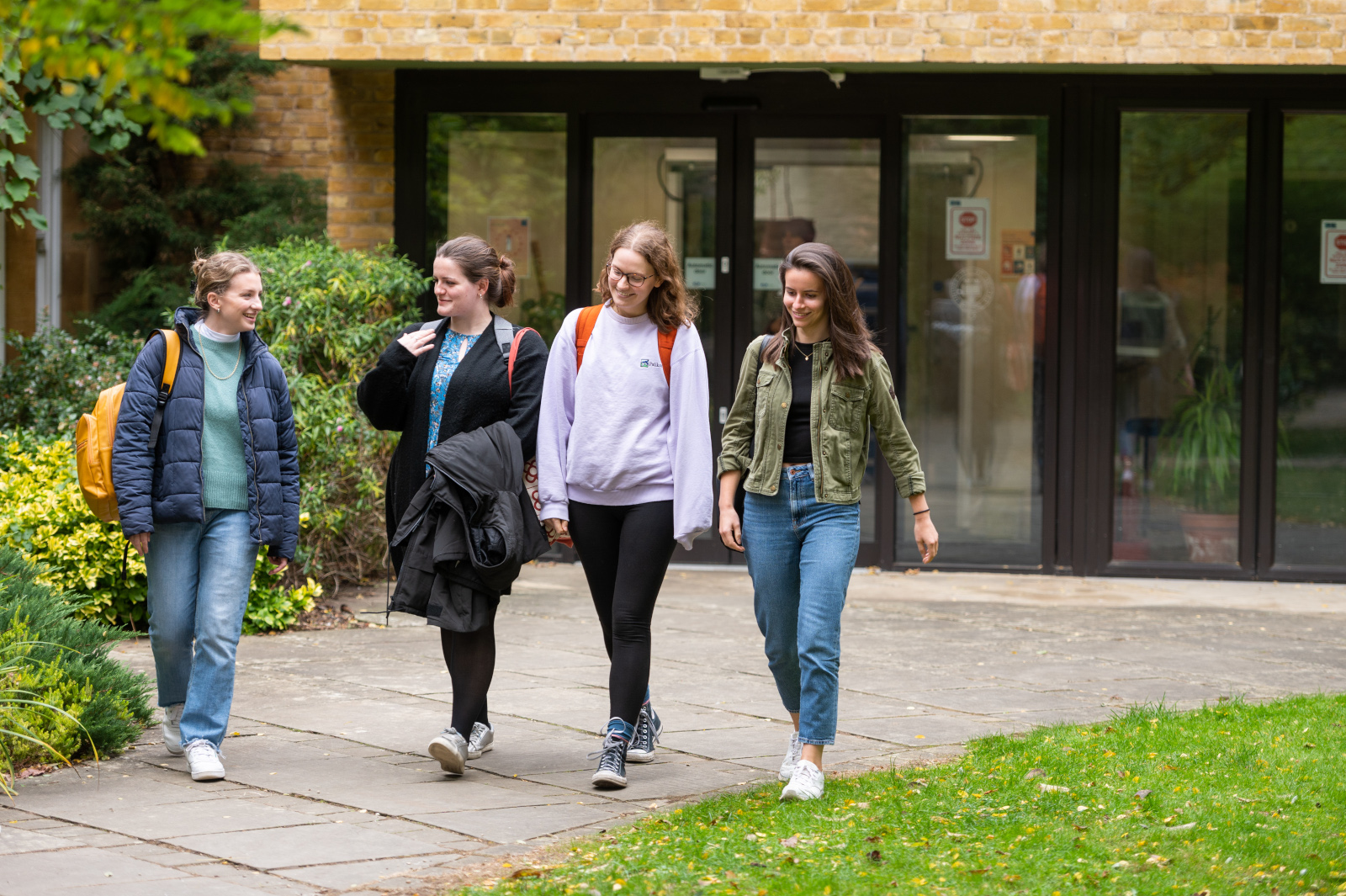Education as Exclusion? A case study of Muslim Minority Educational Institutions in India
Export to calendarAbstract
In this paper, I explore the educational paradox that accompanies the vision of India’s Muslim Minority Educational Institutions to foster educational inclusion and social mobility. Drawing on ethnographic research in schools and universities in five federal units/states of India, I show how these Minority Educational Institutions (MEIs) are constitutionally mandated by the Indian state. They are considered ‘Protected’/safe’ spaces by middle-class and aspirational Muslim youth to pursue their dream of participating in India’s new economy and be granted social equality and dignity. MEIs offer the formal promise of educational opportunity accompanied by the protection of language and culture. For Muslim communities these institutions also offer religious sanctity, discipline, and safety. In practice, MIEs encounter exclusionary stereotyping as ‘Muslim’.
Education in MEIs is a paradoxical resource. It offers only circumscribed agency to participating students. The aspirational horizons of the students and opportunities for employment and mobility are restricted amidst a larger political climate of increasing socio-economic and political marginalisation. MEIs are at the margins of the education ecosystem in India, lacking the infrastructural and intellectual resources to compensate for the deprivation that their students face. The policy discourse professes to address the educational marginalization of Muslim youth by offering opportunities for inclusion in ‘mainstream’ higher and technical educational institutions. Yet the downward slide in student aid and scholarships available for Muslim youth restricts their access to these institutions. As a result young Muslims turn to community institutions for education and community networks for employment, reinforcing a vicious circle of stereotyping, marginalization, and educational exclusion.





